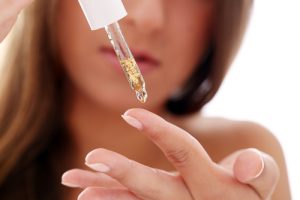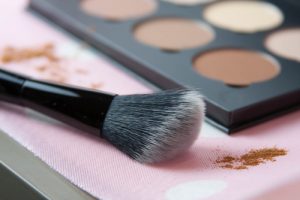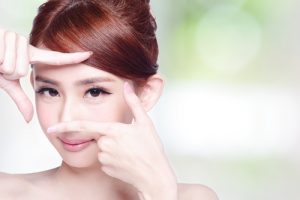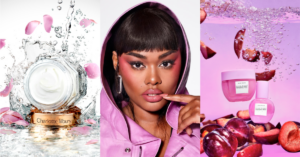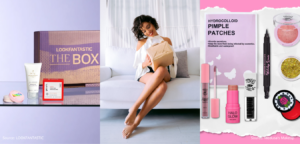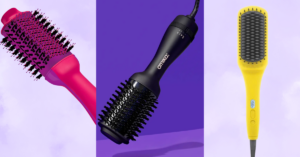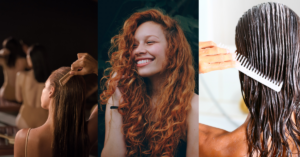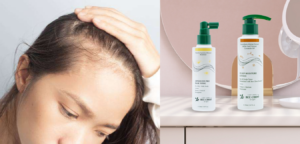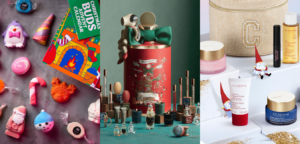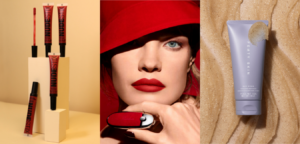Tips
Explain What You Want: Hair Colouring Terms You Can Use With Your Hair Stylist
Have you ever struggled to explain the hair colour you wanted to a hair stylist – not knowing what to...
By: Beauty Insider Journalist / June 1, 2016

Have you ever struggled to explain the hair colour you wanted to a hair stylist – not knowing what to use, or sure if the procedure he’s just explained to you is something you really want? Use this guide to hair colour terms on your next visit to the hair salon.
HAIR COLOUR/TONE TERMS:
Level: a measurement of lightness or darkness, typically one through ten, one being black and ten being blonde. It’s very general but can give your stylist an idea of how far you want to go, or how many bleaching treatments you may need to achieve the colour you want.
Shade/Tone: This is the color (purple, brown, red, orange). Every color has several shades, though, so get an idea of the Shade and Level you are looking into (example: do you want a very bright red or a deeper auburn?)
Cool vs Warm: Cool hair colours like ash and champagne can wash out your face colour, but are great to use as
Highlights. Warm hair colours have golden, red or orange tones and are great for giving your face a bit of a youthful glow. Your hair stylist can hold up cool and warm hair swatches against your face to get an idea of how they will make your skin look. There are colours in the middle of the spectrum (“Neutral”) that are often used to cover grey hair or are mixed with other shades.
Brassy: This is a term used for golden or yellow-looking hair, usually after you have it lightened. It is not always that flattering, so your hair stylist may try to counteract it by combining or custom-mixing a shade.
Contrast: Your hair stylist may use different shades of hair dye to create an interesting, trendy look or make hair look thicker. Your look may be high contrast (such as black hair with a blonde highlight) or low contrast (black hair with a dark blue highlight).
HAIR COLOUR SERVICES
Lift. Lightening a hair colour.
Highlight. Add streaks of a lighter shade.
Lowlight. Add streaks of a darker shade.
Foil method / Colour weave. Using foil to apply highlights or lowlights.
Cap method. A cap with holes, where strands are pulled out and then coloured
Baliage. Hand-painting colour.
Tri-colour. Combining three colours to give hair a natural, multi-dimension look.
Filler. Products that are applied before hair dye to protect weak hair or prepare it for a particular shade
Toner. Products that are applied after hair dye, usually to balance the shade.
Double process. Hair colours that require two full applications and two hair rinses. This kind of hair colour treatment takes longer but tends to look more natural.
HAIR QUALITY TERMS
Any hair stylist from a reputable Singapore salons will examine your hair before applying any kind of hair colour. They would never allow you to do a treatment that could damage your hair, and will discuss what your hair needs to achieve the colour you want. Here are some things they might look at:
Porosity. This is how much your hair strand will “grab” a colour, and affects how evenly a colour develops.
Dull. Hair with no shine may be damaged, and your hair stylist may recommend a hair treatment to strengthen the strands before having it coloured. Some hair colours also tend to be naturally dull (such as blonde and ash), and you will need additional hair care products to make it look sleek and shiny.
Overprocessed. This is basically hair that’s gone through too many chemical treatments and looks very dry, matted, or have split ends. In general, you should take some repair treatments before having it coloured. Many Singapore salons offer a “hair spa” or carry exclusive hair care products that can nourish damaged hair to good health.
Virgin hair. It has not had any chemical treatments and is at its most healthy. If you’ve waited several months between hair treatments and have cut or grown out hair that had been previously coloured, you now have Virgin Hair.





